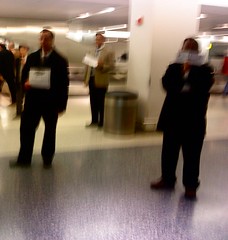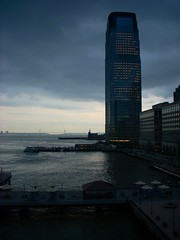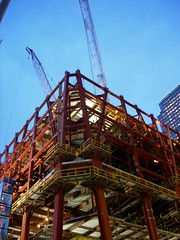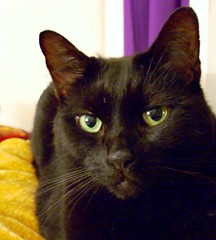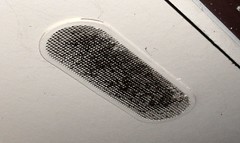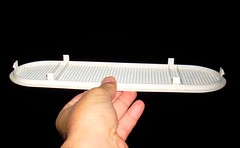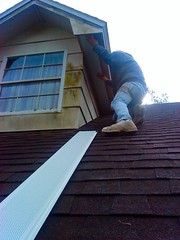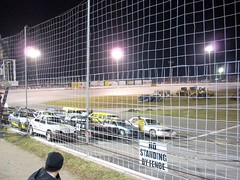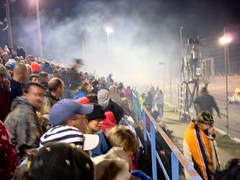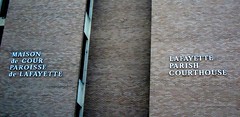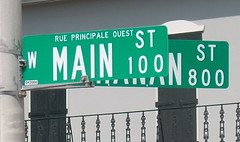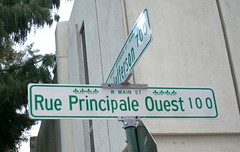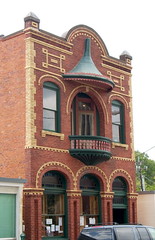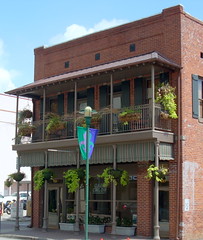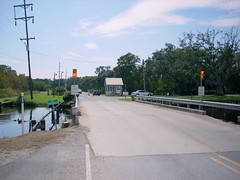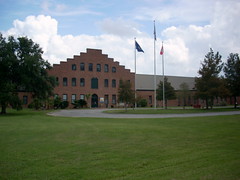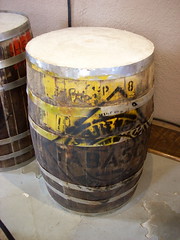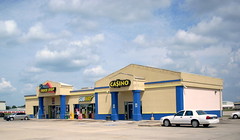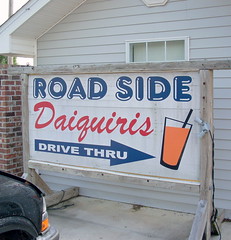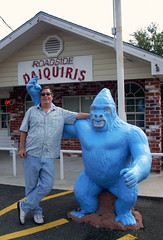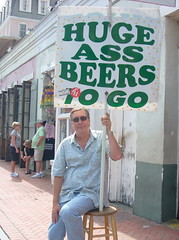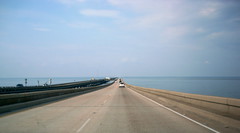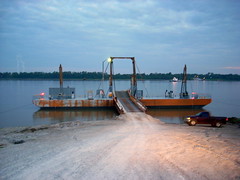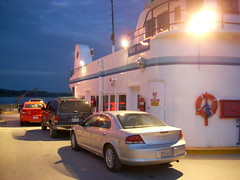My business unit is on the 10th floor, with an excellent view of New York harbor.

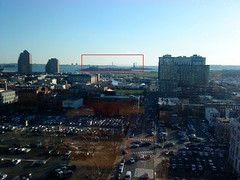
The office is surrounded by an incredible variety of small, ethnic restaurants, all within a short walk: Indian, Thai, Japanese, Chinese, Middle Eastern, Italian, French, Polish, Hispanic, and more. The local newsstand carries lots of foreign-language newspapers.
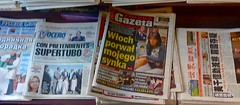
Thanks to the cold I caught from my wife, I spent the day sniffling and blowing my nose, trying to wash my hands frequently, because I was constantly being introduced to people, and had to shake their hands. The last thing I wanted to do was spread my misery for Christmas.
Because I had a temporary employee badge for the headquarters building, I couldn’t leave the office area to go to the bathroom without arranging for someone to let me back in. Rather than make a pest of myself, I chose to use paper towels from the coffee area instead of tissue. I might as well have used sandpaper. By the end of the day, my nose was raw and inflamed, my eyes were puffy and red, and I must have looked like crap. I went back to the hotel and flopped into bed without supper and slept for 13 hours.
Feeling better the next day, I took another excursion into Manhattan after work. This time, I went to midtown, where the Empire State Building still maintains a stolid, classic presence over the bustling city below.

I hobbled north, passing Macy’s department store. All my life I’ve heard about the effort they put into the store display windows for Christmas, but I’ve never seen it before. The displays are animated, high-tech and dazzling. I was unprepared for how impressive they were and how much they must have cost to design and install.
Eventually, I wound up in Times Square, which will be a seething mob of celebrants less than two weeks from now, fighting off the frigid temperatures with liberal use of alcohol. I’m glad I won’t be here for that. The weather forecast calls for 5 to 10 inches of snow this weekend, and I’m glad I won’t be here for that, either.

